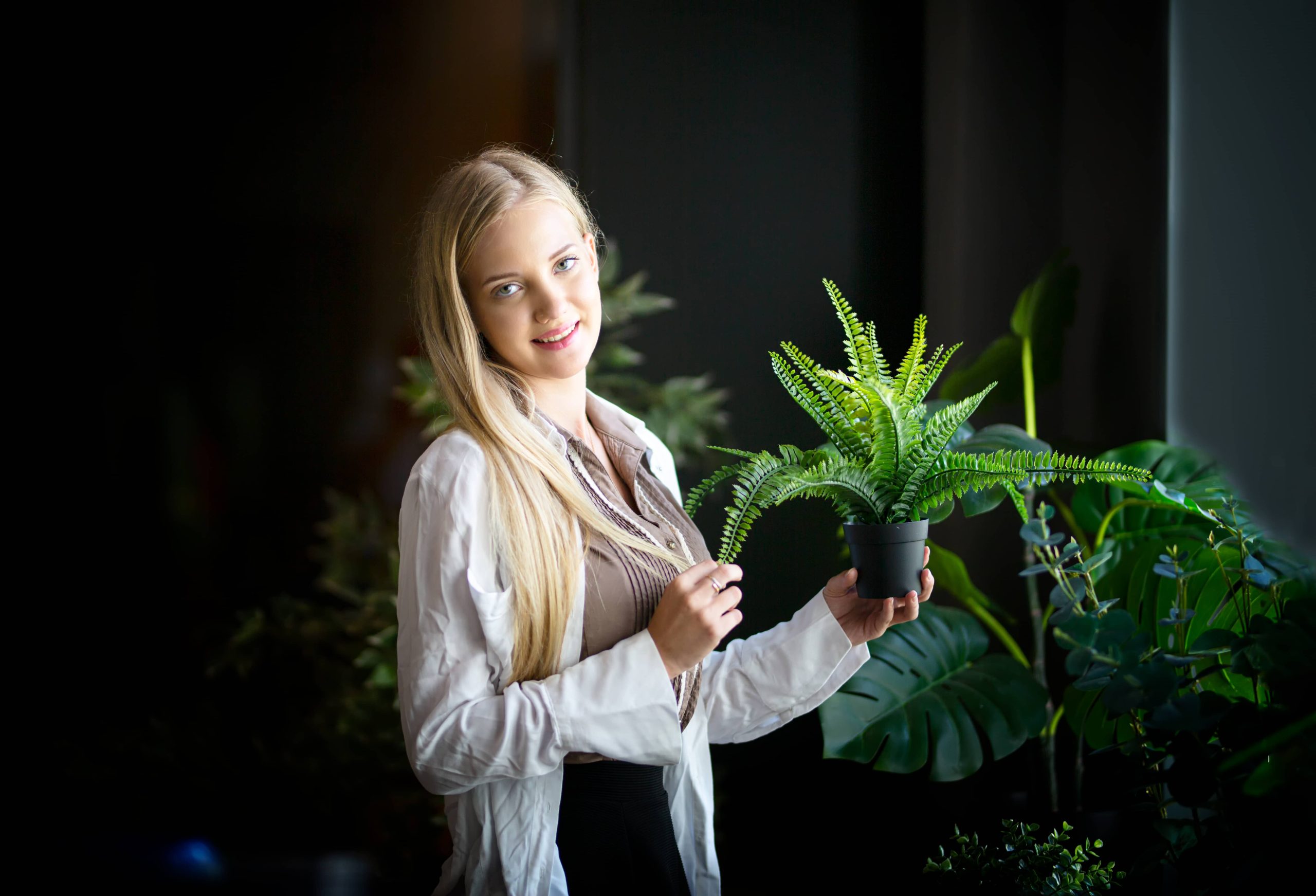
Designing the interior of a home often involves creating a series of focal points—eye-catching elements that draw attention and set the tone for a room’s aesthetic. While artwork, furniture, and lighting fixtures commonly serve this function, houseplants, particularly those with large, dramatic leaves, offer a unique, versatile, and natural alternative.
Why Large Leaf Houseplants?
Large leaf houseplants possess an inherent dramatic flair that commands attention. Their bold proportions, vivid hues, and diverse textures can transform a mundane corner into the centerpiece of a room. Moreover, these plants are more than just statement pieces; they purify the air, boost mood, and add a touch of life to our interiors.
The key is selecting the right plant for your space and styling it appropriately. Here are some ideas to help you make the most of these leafy wonders.
Choosing Your Plant
1. Monstera Deliciosa (Swiss Cheese Plant): Known for its iconic split leaves, the Monstera adds a touch of the tropics to any space. It thrives in bright, indirect sunlight and grows large, glossy leaves that become more intricate as the plant matures. Its stunning foliage can single-handedly create a lush, picturesque atmosphere.
2. Ficus Lyrata (Fiddle Leaf Fig): A popular choice among interior designers, the Fiddle Leaf Fig is celebrated for its large, violin-shaped leaves. It’s a tad finicky about light and humidity, but once it finds its sweet spot, it can become an impressive, sculptural element in your home.
3. Philodendron Bipinnatifidum (Selloum): With its lobed, architectural leaves, the Selloum is a statement plant that thrives in various lighting conditions. It’s an ideal choice for those seeking to create a green oasis with minimal fuss.
4. Strelitzia Nicolai (White Bird of Paradise): Exuding a tropical vibe, this plant boasts large, banana-like leaves that can reach several feet long. The Strelitzia prefers a lot of light but will reward you with spectacular growth in return.
5. Alocasia (Elephant Ear): This plant’s striking leaves, resembling the ears of an elephant, can grow to be enormous, making it a perfect candidate for a focal point plant.
Positioning and Placement
Positioning your large leaf houseplant correctly is essential to maximizing its impact. Consider the following when deciding where to place it:
– Lighting: Assess the light requirements of your chosen plant. While some thrive in bright, indirect light, others can tolerate lower light levels. Position your plant accordingly to ensure healthy growth.
– Space Dynamics: Large leaf plants can dominate a space and may require strategic positioning. Corner placement can accentuate the height and spread of the plant, while a central spot can make it a true focal point.
– Complementary Backdrops: Use walls and furniture as backdrops to enhance the plant’s visual appeal. Neutral or contrasting colors can help the plant stand out, while patterned wallpaper or textured walls can create an interesting visual dialogue with the plant.
Container Considerations
The choice of planter or pot is crucial, as it acts as both a functional vessel and a design element. Here are some tips for selecting the right container:
– Material: Ceramic pots offer an elegant, polished look, while terracotta adds a rustic, earthy vibe. Metal planters can inject a modern or industrial touch.
– Size and Scale: Ensure the pot size is proportional to the plant’s size. A pot that’s too small can stunt growth, while an oversized pot can look awkward.
– Color Coordination: Either match the pot’s color to your existing decor for harmony or opt for a bold contrast to let the plant and the pot stand out more.
Care and Maintenance
To keep your large leaf plants thriving and worthy of being a focal point, they need diligent care:
– Watering: Most large leaf plants prefer a consistent watering schedule. Over-watering or letting them dry out can lead to health issues. Always check the soil moisture before watering.
– Cleaning the Leaves: Dusty leaves can dull the shine and health of the plant. Clean the leaves regularly with a damp cloth to maintain their luster and ensure good photosynthesis.
– Pruning: Remove any yellowing or dead leaves promptly to keep the plant looking its best and to encourage new growth.
Integrating with Interior Decor
Consider how your large leaf plant interacts with other elements in the room. Plants can complement the textures and materials found in furniture and textiles. For instance, a Monstera against a rattan chair creates a cozy, tropical retreat, while a Fiddle Leaf Fig next to a sleek leather sofa might evoke a sophisticated, modern atmosphere.
Use complementary accessories like plant stands, woven baskets, or macramé hangers to elevate your plant and incorporate additional textures. A variety of heights and layers can add depth and interest to your plant display.
Conclusion
Large leaf houseplants offer an excellent way to craft a focal point in your home, imbuing the space with a sense of vitality and aesthetic appeal. Their grand leaves can serve as organic works of art, elevating the style of a room while providing the added benefits of improved air quality and ambiance. By carefully selecting the right plant, positioning it thoughtfully, and maintaining it diligently, you can transform any space into a captivating green sanctuary. So, the next time you’re looking to refresh your interior, consider the statement-making power of large leaf houseplants and let nature take the spotlight.













